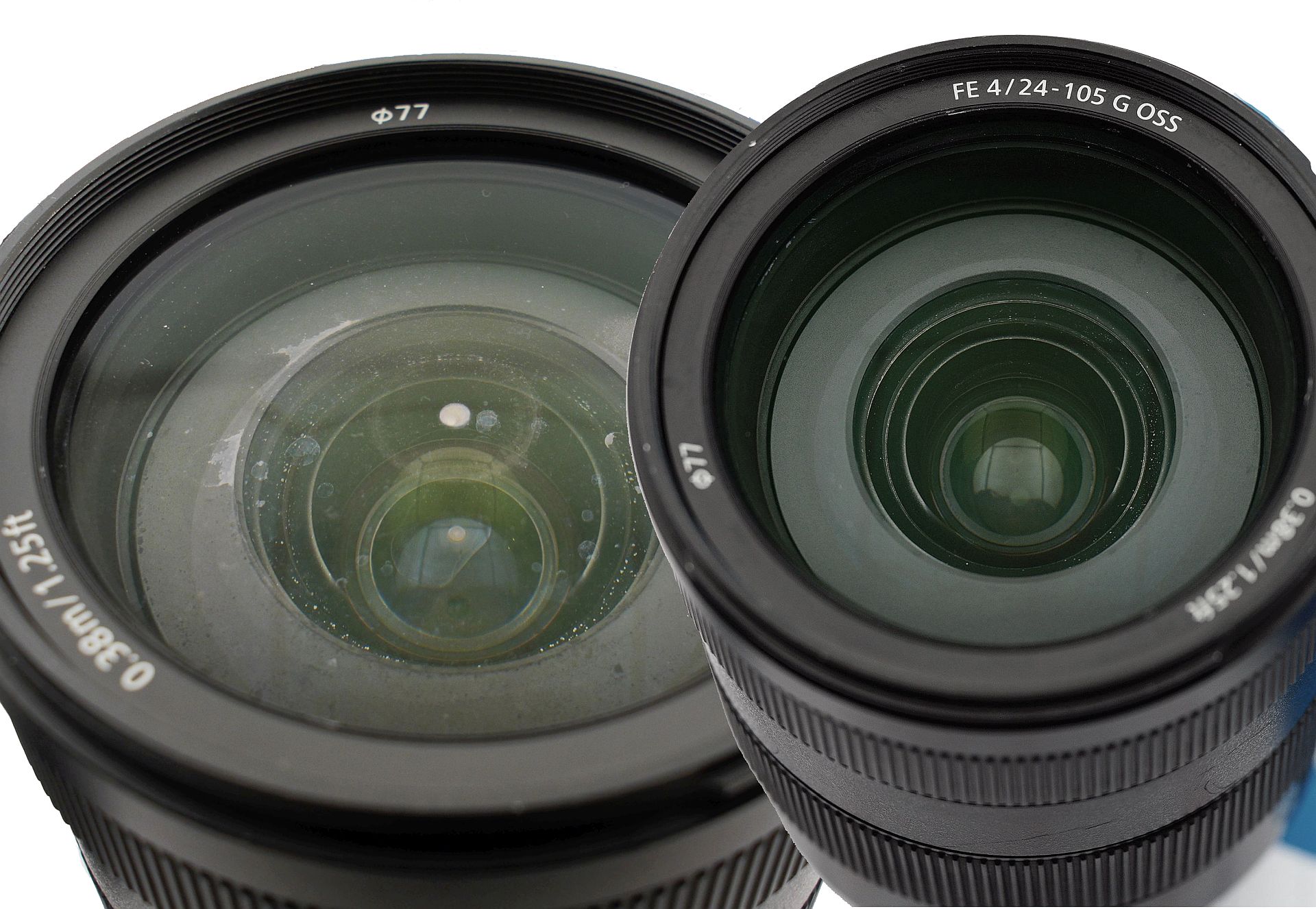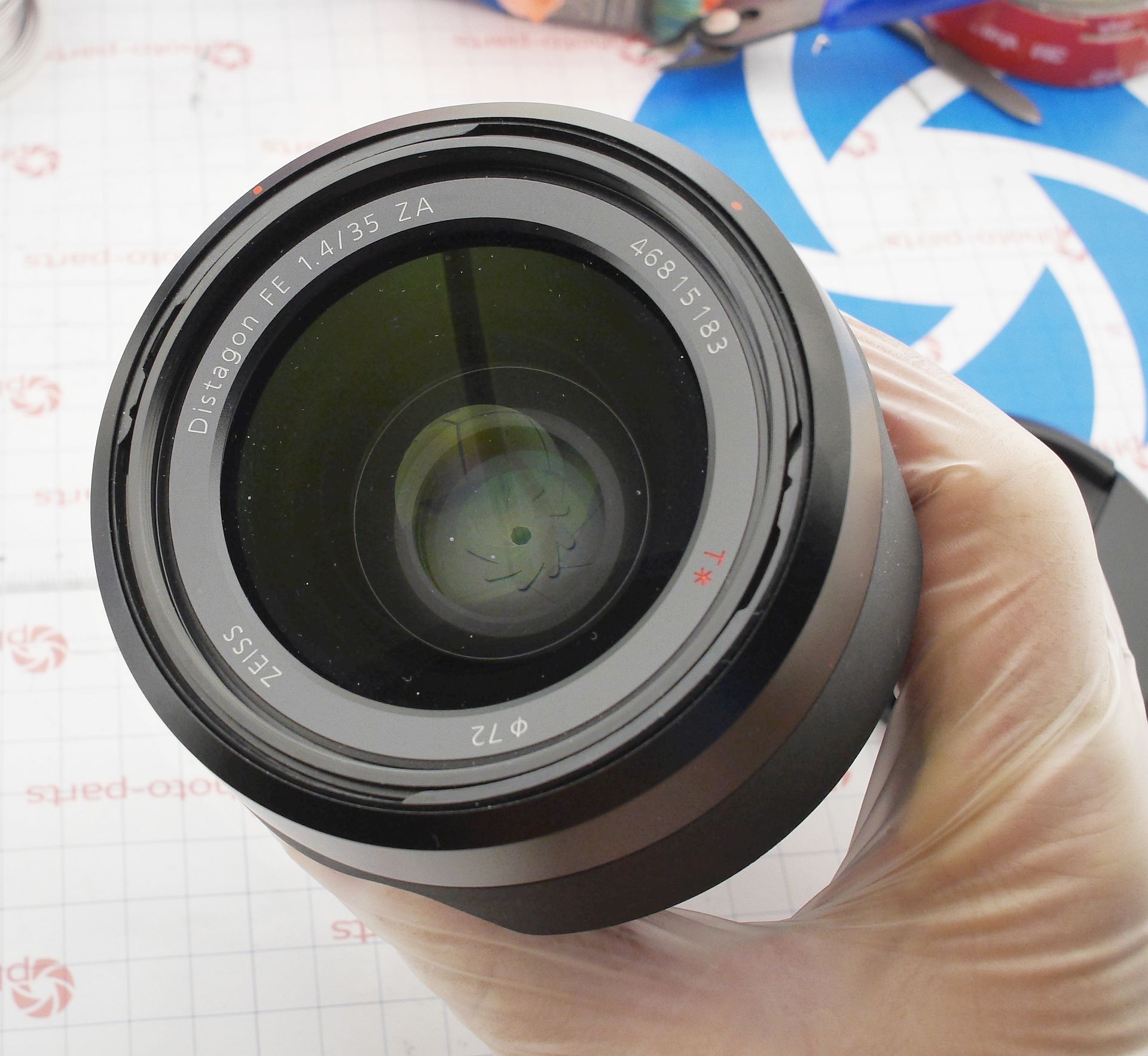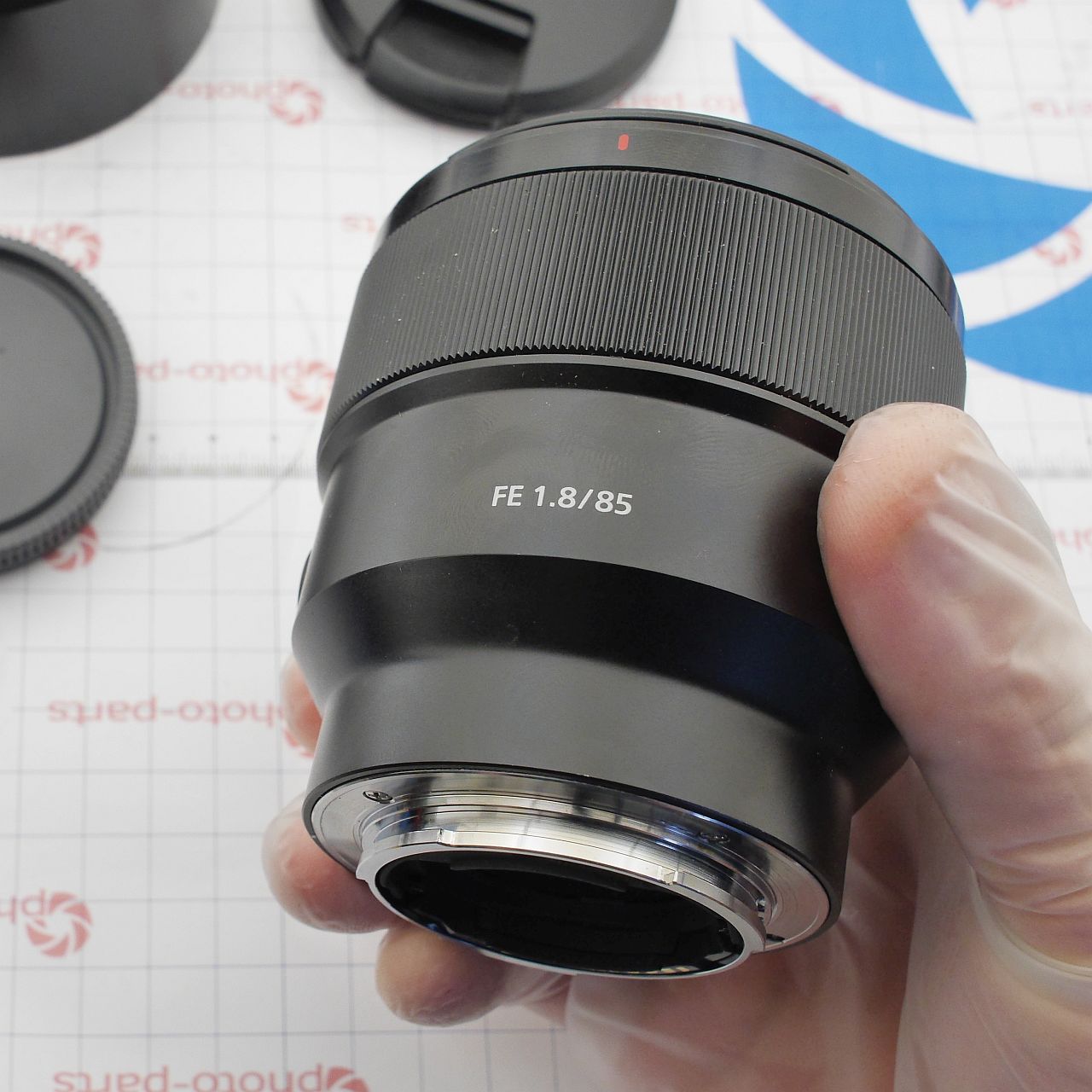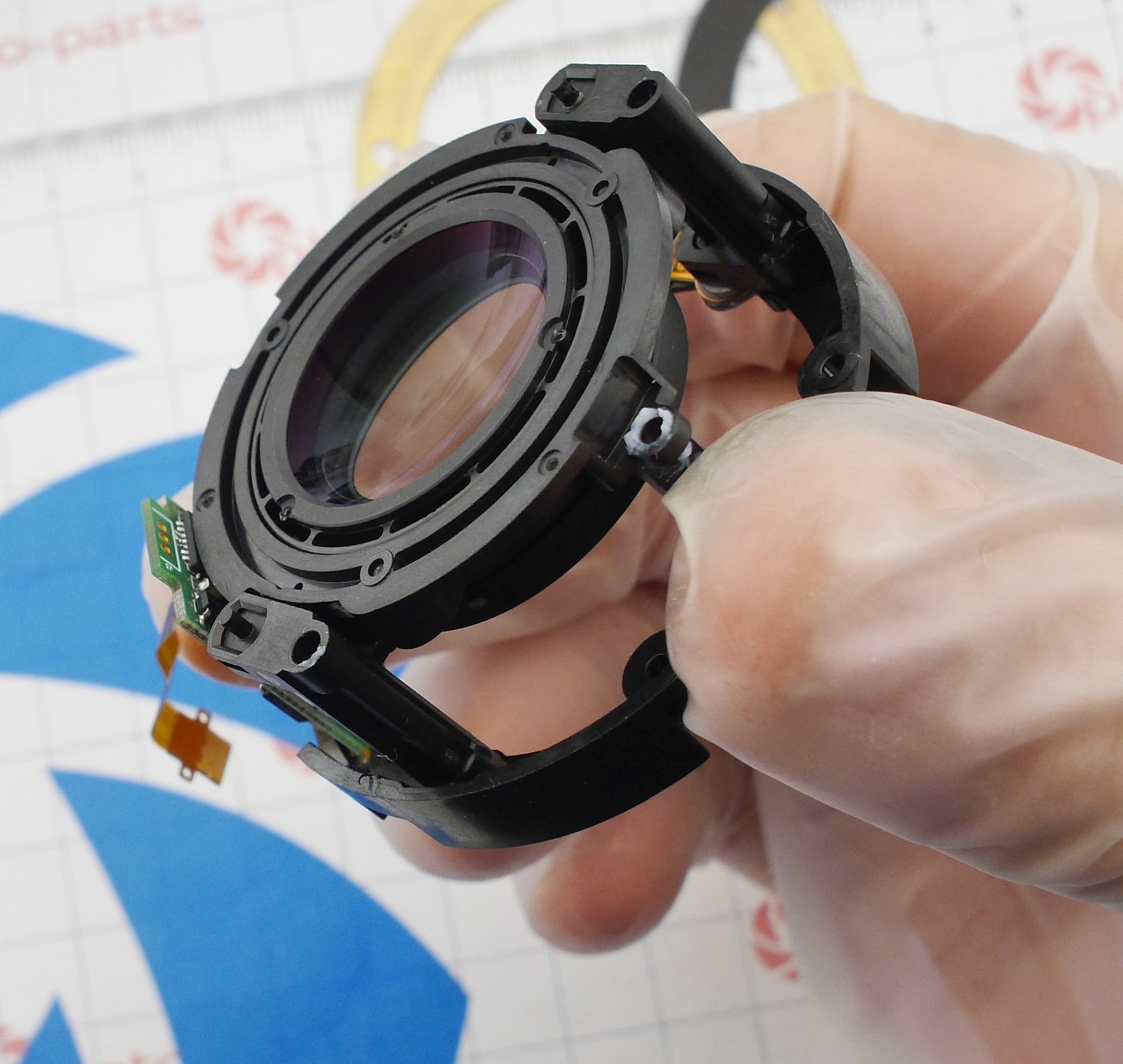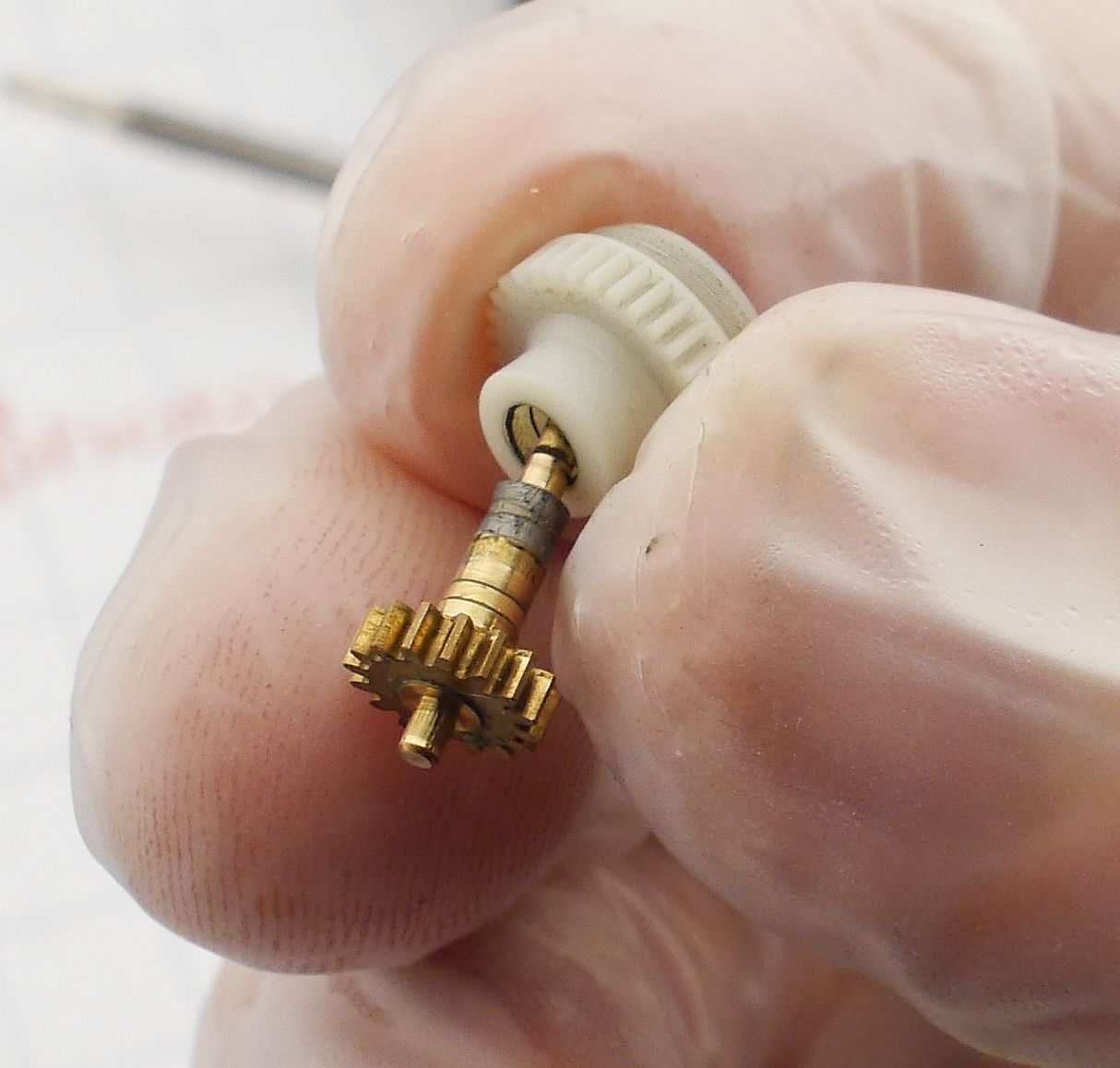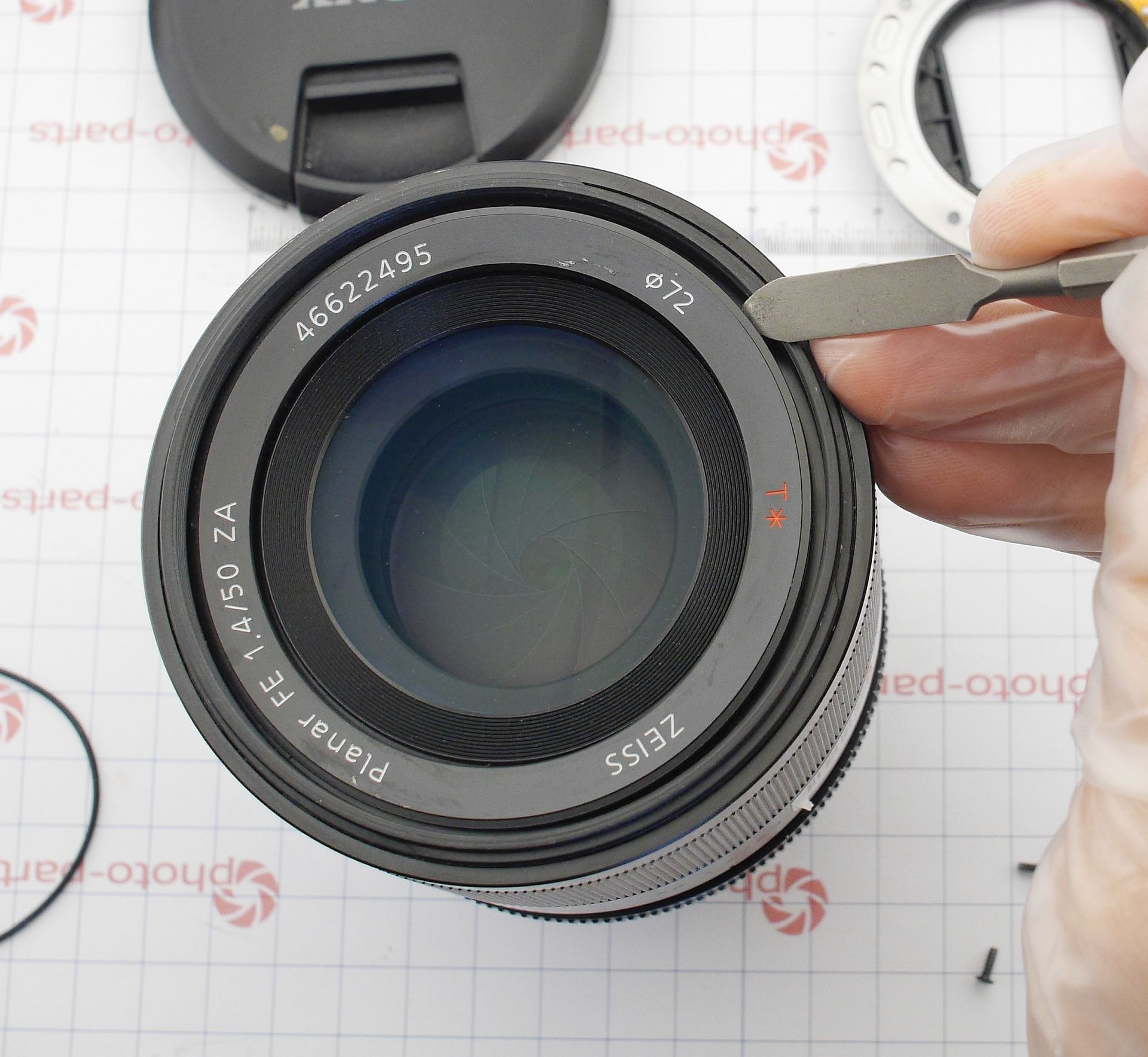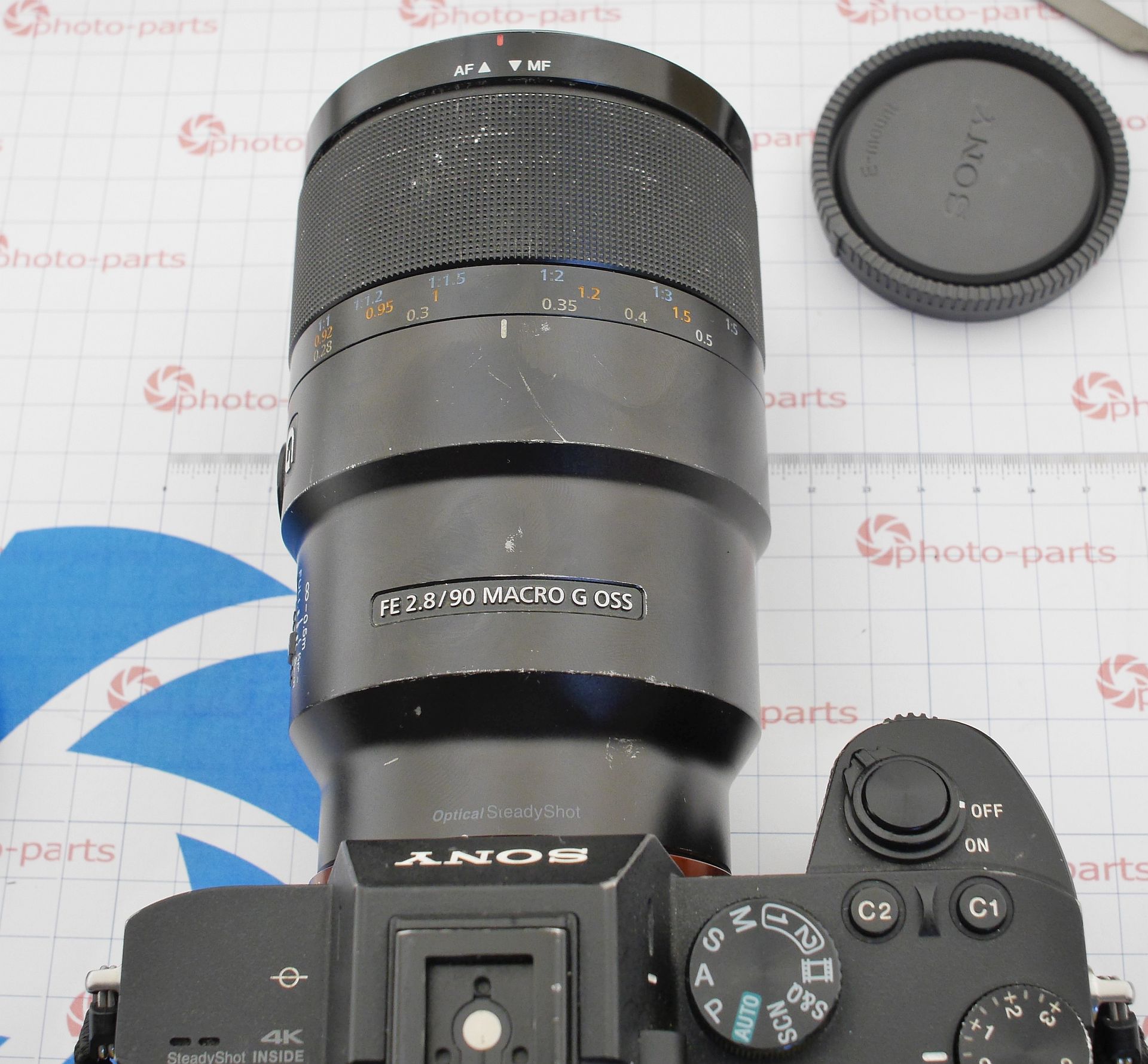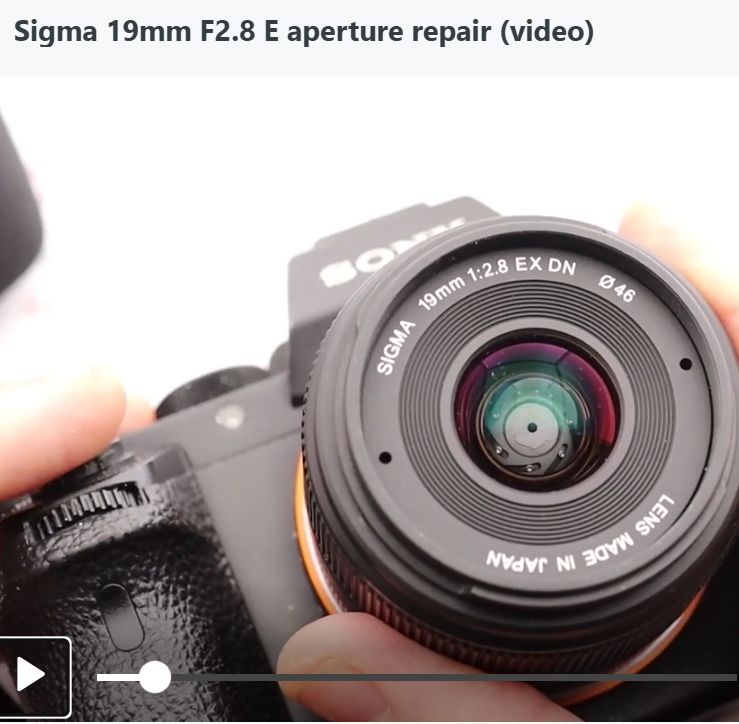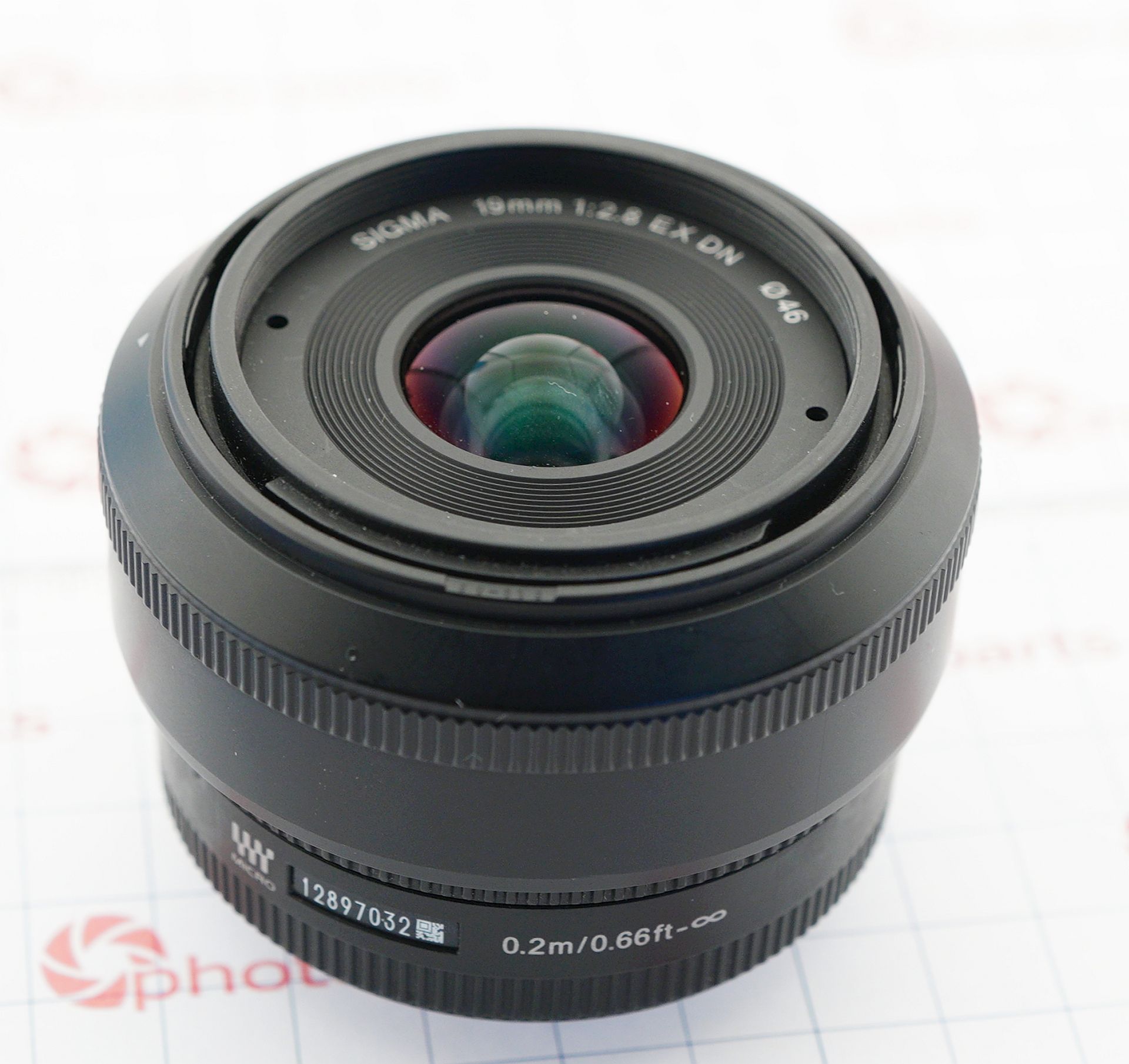I often see two opposite cases in lens repair: the optics are in perfect condition, but something prevents the lens from working (broken autofocus, falling apart enclosure, and so on), or - everything seems to work, but the optics are in a terrible state. Today - about the second case. The Sony FE 24-105mm G OSS lens was fully submerged in some body of water, dried out, and remained functional (the aperture, stabilizer and focus all still work), but with awful stains everywhere. I'm facing a
-
-
Variations in the final product are nothing unusual. In mass production, reliability gets refined, costs are optimized (though sometimes one comes at the expense of the other), and engineers make small tweaks to the design along the way. I can name several pieces of photographic gear where identical external appearance hides very different internals. But this time, Sony has outdone everyone — two completely different lenses hiding under the exact same nameplate! That’s a bit of a spoiler,
-
The first number that comes to mind when someone says "portrait lens" is undeniably 85mm. If you’ve got deep pockets and strong arms, you go for the f/1.4 (or even f/1.2); for less demanding photographers, there's f/1.8. Every major manufacturer offers a mass-market 85/1.8, and for example, the Canon 85mm f/1.8 USM is a true repair classic - often seen with worn optical encoders or a finicky aperture. This is our first time opening up the Sony FE 85mm f/1.8 - and we're excited to share it.
-
Fast autofocus lenses from the South Korean company Samyang are extremely interesting and slightly underrated. The company has journeyed from fully manual budget lenses to fully compatible autofocus models, and they've succeeded. Modern AF lenses don't just have autofocus; they're equipped with “trendy” ultrasonic motors of their own design. Considering the excellent image quality, I'd place them alongside both branded primes and general-purpose zooms. Of course, there's a bit of hardware
-
The Canon 50mm f/1.4 is arguably the most popular - and probably the most failure-prone - lens in photo history. Yes, popularity amplifies the number of complaints, but objectively, there are genuine issues. Early batches were sensitive to even minor impacts — the helicoid ring would deform, and both manual and autofocus would fail. Over time, the planetary gear system would wear out, causing annoying rattle during manual and auto focusing. The motor used has a limited lifespan and fails
-
Among Sony E-mount lenses, the G Master and Zeiss (ZA) series stand out in particular. The G series is supposed to deliver mind-blowing image quality, fast autofocus, and record-breaking aperture speed, while the ZA line, in turn, focuses on artistic rendering (allegedly) - and fair enough, Carl Zeiss engineers did lend a hand in designing the optics! I'll leave this kind of classification to the marketing department, but from my own experience, there's nothing alien about Zeiss-branded lenses.
-
A very typical failure of a very good lens – the Sony FE 90mm F2.8 G OSS: it’s no longer detected by the camera after a fall. This lens uses Sony’s proprietary focusing technology – Direct Drive Super Sonic Motor (aka DDSSM) – but with a twist: there are two such motors inside. Essentially, this motor type is an ultrasonic linear actuator, first introduced in exactly this form back in the Minolta/Sony A100, where it was used to move the sensor. The lens is moved along a straight shaft
-
Sigma 19mm F2.8 E aperture repair (video) byu/Vuvuvtetehe inElectronicsRepair
-
I have a soft spot for the Sigma DN Art lenses. They offer great image quality, come in three versatile focal lengths (19mm, 30mm, and 60mm), and are incredibly compact. In a pancake-sized design, Sigma engineers have packed a very capable lens with excellent sharpness and pleasant rendering. I also love this series for its very common, almost charmingly typical issues. These flaws show up just slightly less often than always - and are generally very easy to fix. This time, the 19mm version
